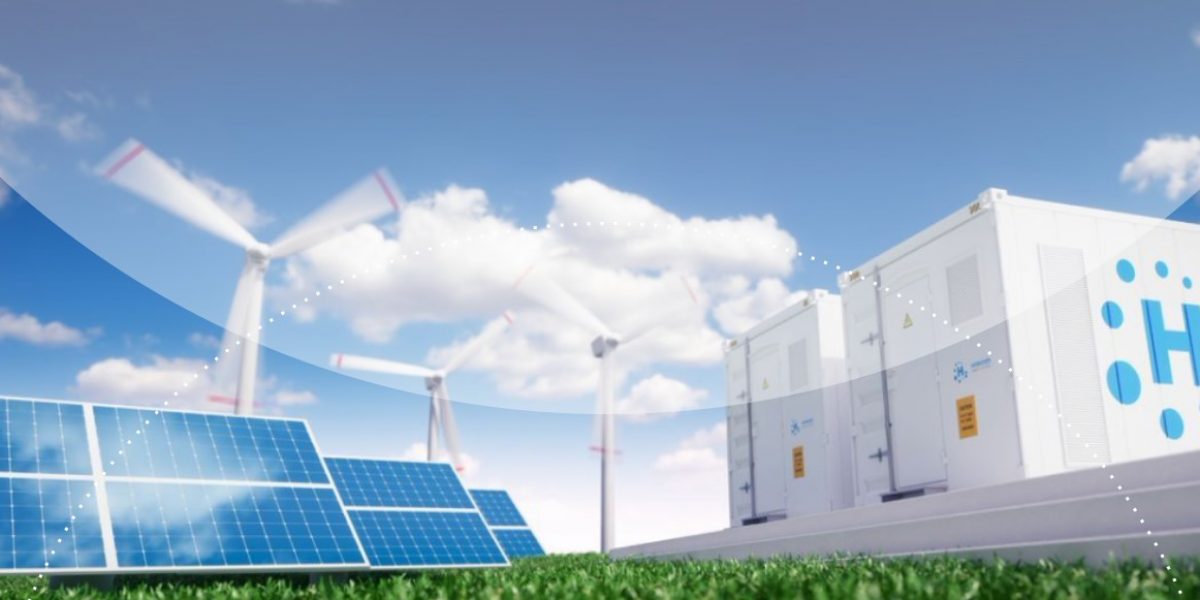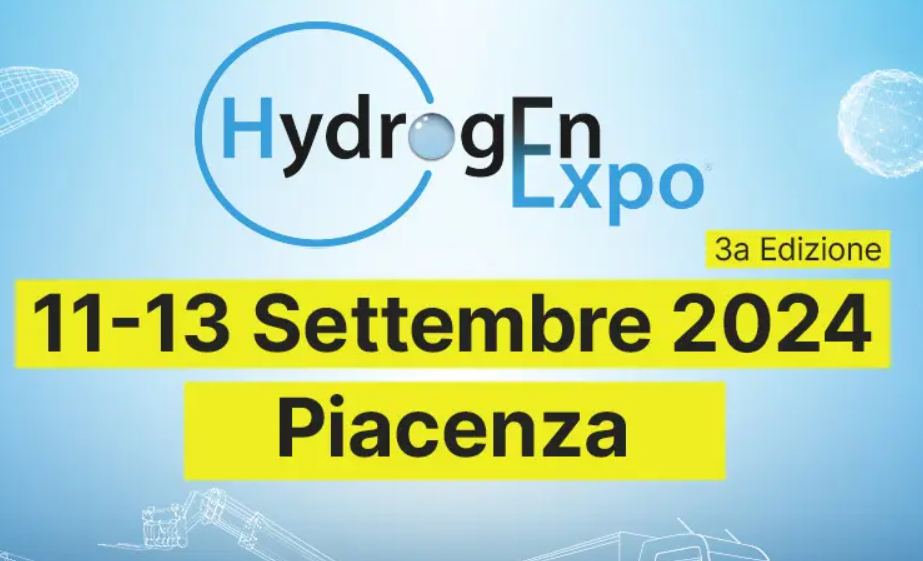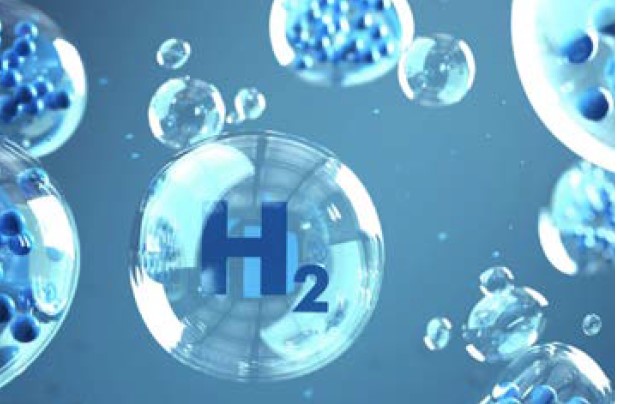Despite the Green H2 potential to replace non-renewable energy sources in short, medium and long terms, there are issues that still need to be overcome for the application of the Green H2 technology:
The cheaper the energy utilized to generate green hydrogen, the most viable it will be to expand the production chain. Investments in increase of scale and efficiency in the production of wind and solar energy are being directed towards the regions with the most potential in the planet.
In this context, China, Mongolia, Australia, Morocco and Chile stand out.
An integrated commercial plant will be built in the latter for industrial-scale production of climate-neutral fuel (e-fuel), from the combination of hydrogen produced from wind power and CO2 captured from the air. Named “Haru Oni”, the project will have investments from the German federal government in the order of € 8.23 million and it counts on several international partners.
Nowadays, green hydrogen is two to three times more expensive than blue hydrogen. It is estimated that the production costs for green hydrogen could fall by up to 62% until 2030, to something close to a level from US$ 1.4 to US$ 2.3 per kg. If this occurs, the parity between the cost of green hydrogen and the one of gray hydrogen can happen somewhere between 2028 and 2034 – with projections below US$ 1 per kg in 2040.



